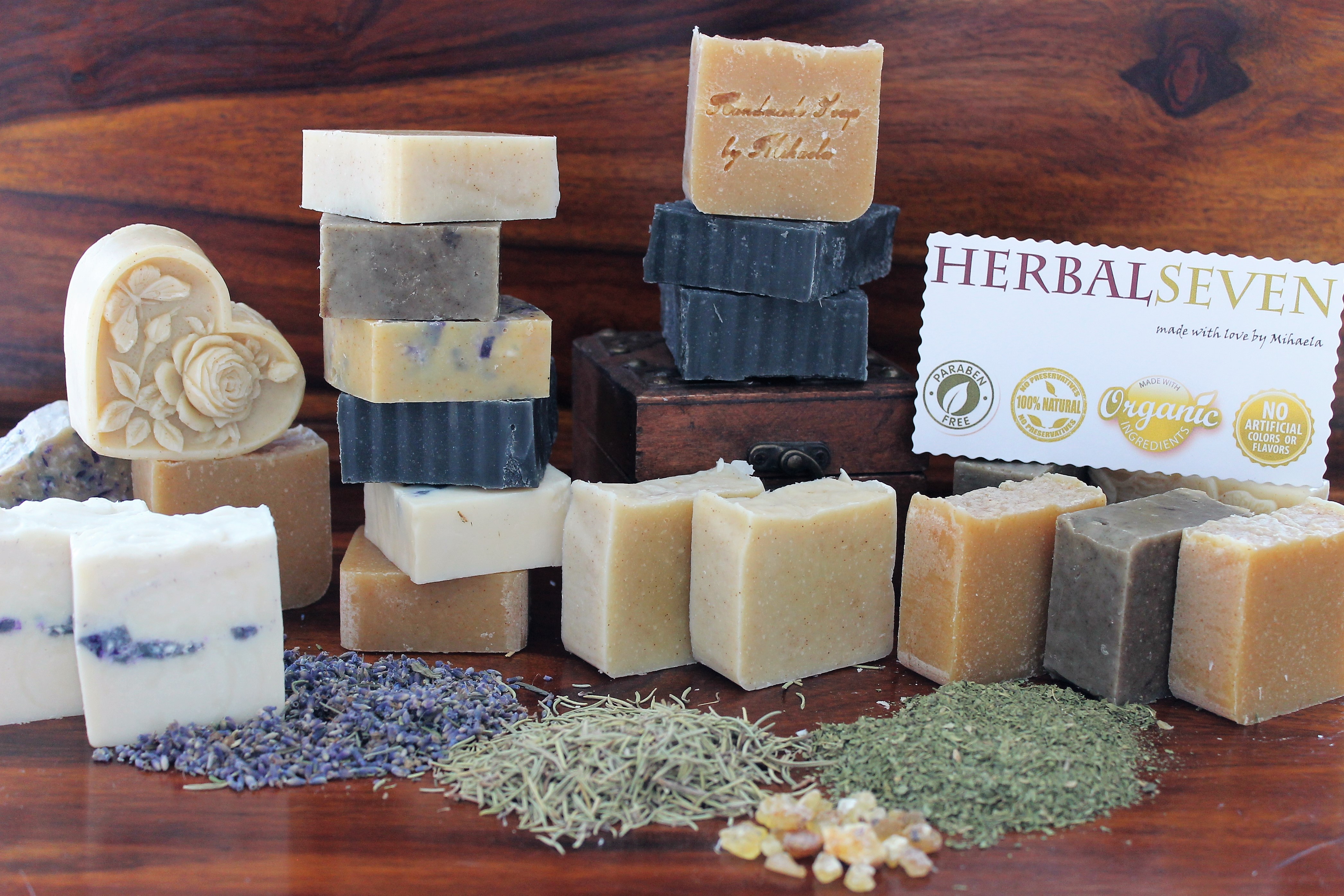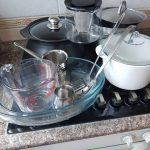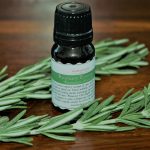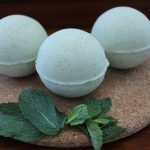Hand made soap with love by Mihaela
Cold process soap made with love by Mihaela
Would you like to create an all natural product, free of harsh chemicals, to protect your family and radiates your personality and taste? What about turning a hobby into your own home made business?
Making soap is proven a fun hobby that can turn into a full-timebusiness or at least on the binning a way to make a little extra money. Homemade soaps on cold process and even organic ingredients or beautiful designs, are a hit with many customers since they are healthy and an inexpensive luxury and a popular gift-giving idea.
While there are many commercial body care, anti-aging products available, most of these formulas are expensive and contain potentially harmful chemicals like artificial fragrances, artificial colors, parabens, etc…which actually damage your skin in the long-term. Instead of pouring money into these pre-made “beauty products” why not create your own using simple ingredients from our kitchen like plants powders and some pure natural anti-aging, antifungal, antiinflamatory, antiseptic oils?
A hand made ethical ingredients soap it lets you get everything clean, face and body, removing dead skin cell, make-up, bacteria, etc… and in the same time moisturize and heal.
Dont forget! From the ingredients of what we place on our skin, some of them are absorbed into our bloodstream in max of 20 minutes!!!!
Soap is a chemical reaction that occurs as a result of mixing vegetable fat (cold pressed oils & essential oils) with a base LYE (sodium hydroxide)+ water. This chemical reaction is called saponification.
The two resulting products of the saponification process are glycerin, which is wonderfully moisturizing for the skin, and soap. No lye remains as it has all reacted with the fats to create a completely new substance.
Lye is the necessary agent for saponification and any true soap, even one you buy, is made with it.
Ingredients for Making Soap
distilled water
lye (sodium hydroxide)
vegetable fat (such as olive oil, coconut oil, castor oil…etc)
essential oil added after trace are a natural option for giving your soap a lovely scent.
These ingredients are essential and it is wise to use a lye calculator to accurately determine the ratios needed for proper saponification.
Here is the link of the soap calc app:
http://soapcalc.net/calc/soapcalcwp.asp
There are several combinations of oils you can come up with for a soap recipe but dont forget, each fat or oil has it’s own impact on your finished product. Some are great cleansers while others are more gentle and moisturizing and some make large bubbles as opposed to others that create a low lather (ex: castor oil)
Lye safety measures
Preferable for making soap is when kids or pets ar not home.
Wear long sleeves and safety glasses and rubber gloves.
Your workspace must be clean and tidy, the process could cause a spill.
You must know that when the lye and water are mixed it will create fumes. Do this step in a well-ventilated area or even outside if possible.
!!!!! Always add lye to the water. DO NOT add water to lye. It will create a caustic eruption!
What we need (Soap Making Supplies)
• Non-reactive pot or slow-cooker for warming oils (i have one from ikea, inox)
• Glass jar for mixing lye/water
• Second jar or disposable cup for measuring lye
• Infrared or candy Thermometer (to show more than 48 degrees)
• Mold (can be silicon or wood)
• Digital scale
• Stick blender
• 3 Spoon
• 2 Spatula
• Nife of any cutter for the soap made in wood mods
• Safety glasses and rubber gloves
• White vinegar for final cleanup
My Basic Cold Process Soap Recipe:
For this recipe we will be using olive oil, coconut oil, palm oil and castor oil as cold pressed oils and pure essential oil. You will also need distilled water and lye.
Cold Process Soap Ingredients:
All measurements are by weight. Use your digital scale for accuracy.
• 420 g olive oil
• 360g coconut oil
• 360g palm oil
• 60g castor oil
• 172g NAOH lye
• 420g distilled water
• 10 to 20 ml essential oil (optional). Some of my favorites are lavender, peppermint and orange
Cold Process Soap Instructions:
1. Prepare your mold. Wood molds will need to be lined with freezer paper or wax paper. Silicone molds are ready to use as is. You can also use any cake box if you line it with freezer paper or wax paper.
2. Put on your protective gear, place the glass jar on the scale and tare your scale. Pour distilled water into the jar until it reads 420g. Set aside.
3. Put the second jar on the scale and tare the scale. Carefully pour lye into the jar until your scale reads 172g. Set aside.
4. In a well-ventilated area slowly pour the lye into the water. Stir the mixture until the lye is dissolved. It will become quite hot so be careful if you need to move it. Let this mixture sit and cool to 43 degrees.
5. While the lye is cooling, measure all other ingredients EXCEPT the essential oils and if necessary like in the case of coconut oil and palm oil warm them together in your pot or slow-cooker. Once they are melted, remove the oils from the heat and let cool to less then 48 degrees. I use the thermometer about every 5-10 minutes to test the temperature.
Ideally, you want the lye/water and the oils to both be between 42-48 degrees and within 10 degrees of each other.
6. When the temps match, slowly pour the lye/water into the oils. BEFORE you turn your stick blender on, make sure the blade is completely under the mixture or you will splash it everywhere. Use the stick blender to bring the batter to a light trace. It should be slightly thick and resemble cake batter.
7. Now would be the time to add the natural color (i suggest you to use for the first time Chlorella or Spirulina because is very gentle with the skin and the color is just fantastic) and after essential oils, but it is completely optional.
8. Blend essential oils in by pulsing the immersion blender a few times. This should bring the mixture to a medium trace.
9. Pour the soap batter into your prepared mold. Use the spatula to get it all out. Remember that the soap is not fully done yet at this point and could still irritate your skin so you should still be wearing your gear.
10. Put the mold somewhere covered so it can sit for 24 hours. ( u can place an upside down cardboard box over the soap and cover with a towel)
12. Let sit for 24 hours. You can now remove your soap and cut it. You can cut them whatever size you like.
13. Stand bars up in a dry area with an inch or so of space in between to allow for air circulation and let them sit for 4-6 weeks. This will allow the soap to complete the saponification process. The soap will also lose some of its water during this time making the bar harder. The harder the bar, the longer it will last.
Soap Making Clean-up
Rinse the jars and any supplies that had lye or soap batter in them well with running water. You can pour some vinegar in a sink filled with hot soapy water and wash them in there, or you can wash your well rinsed dishes in the dishwasher.
Currently i am soap making course provider at Change Works Abu Dhabi. If interested please follow the course schedule page and join my course. http://www.changeworksad.com/
This is my live video cutting attached photo soap: https://www.facebook.com/mihaelapaunescufloarea/videos/10155965635846670/



